I am making a linear PSU capable of O/P 600v @ 300mA. This is for vacuum tube experiments. I need to connect/disconnect the load from the PSU using a switch. I will not turn OFF the PSU itself. I cannot figure out how to switch 600V. My search did not produce any promising results. All I found close is 500V DC circuit breakers that are intended for solar PV application. Those are costly, but I am in doubt how long these will survive at 600V.
This is the preliminary design. I have made it to show the proof of concept. The 2nd mosfet on the right will be used to disconnect the load. Sequence will be first cutoff the mosfet and then open S1&S2 during disconnect. During connect first close S1&S2 and then turn ON mosfet. The 1st mosfet on the left is used as regulator.
The circuit was simulated at LTspice. I have given the NO LOAD and FULL LOAD voltages. S1,S2,S3 are relays that will be controlled by some OPTO COUPLER. S4 is the initial inrush current control switch. During the mains power ON the S4 will be kept OPEN. Load impedence is 4.5K and its a Tube RF amplifier. Current is approx 100mA
I have not designed the short circuit protection circuit yet.
All comments/critisisom are welcome
